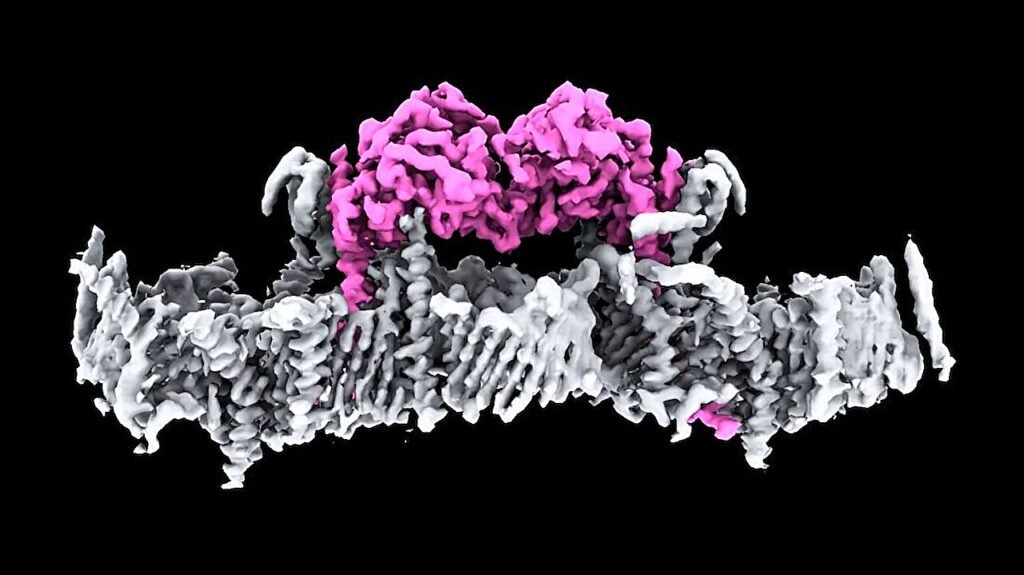WEHI researchers have achieved a groundbreaking milestone in the battle against Parkinson’s disease by solving a long-standing mystery that could lead to the development of new drugs for treatment. For over two decades, the protein PINK1 has been linked to Parkinson’s, a rapidly growing neurodegenerative disorder. However, until now, the appearance of human PINK1, its mechanism of attachment to damaged mitochondria, and how it is activated remained unknown.
In a significant breakthrough, scientists at the WEHI Parkinson’s Disease Research Center have unveiled the first-ever structure of human PINK1 bound to mitochondria, as reported in the journal Science. This discovery, titled “Structure of human PINK1 at a mitochondrial TOM-VDAC array,” holds promise for the development of novel therapies for Parkinson’s, a condition currently lacking a cure or effective treatment to halt its progression.
Parkinson’s disease is a complex illness that can take years, even decades, to diagnose due to its wide range of symptoms, including tremors, cognitive impairment, speech difficulties, and vision problems. In Australia alone, more than 200,000 individuals live with Parkinson’s, with a significant portion diagnosed with Young Onset Parkinson’s Disease before the age of fifty. The economic and healthcare burden of Parkinson’s in Australia is estimated to exceed $10 billion annually.
Mitochondria, the energy producers in cells, play a crucial role in cell survival. The PINK1 protein, encoded by the PARK6 gene, aids in identifying and tagging damaged mitochondria for removal, thus supporting cell health. When mitochondria are impaired, PINK1 accumulates on their membranes and signals for their disposal through a process involving ubiquitin. Mutations in PINK1 can lead to the accumulation of dysfunctional mitochondria in cells, a hallmark of Parkinson’s disease.
The study’s corresponding author, Professor David Komander, highlighted the significance of visualizing human PINK1 and understanding its binding to mitochondria. This newfound knowledge opens up possibilities for manipulating PINK1 activation, potentially transforming the treatment landscape for Parkinson’s patients.
Lead author Dr. Sylvie Callegari emphasized the four-step process through which PINK1 functions, shedding light on previously unknown aspects of its activity. By observing PINK1’s attachment to damaged mitochondria and its interactions with other proteins, the research team has laid the groundwork for targeting PINK1 in drug therapies for Parkinson’s.
The intricate connection between PINK1 and Parkinson’s lies in the malfunctioning mitophagy process, where damaged mitochondria release toxins that accumulate in cells, leading to their demise. With this newfound understanding of PINK1’s structure and function, researchers are hopeful that targeted drug interventions could slow or halt the progression of Parkinson’s in individuals with PINK1 mutations.
In conclusion, the breakthrough achieved by WEHI researchers in unraveling the mysteries of PINK1 and its role in Parkinson’s disease marks a significant step forward in the quest for effective treatments for this debilitating condition. The findings offer hope for the development of innovative therapies that could potentially change the lives of Parkinson’s patients worldwide.


